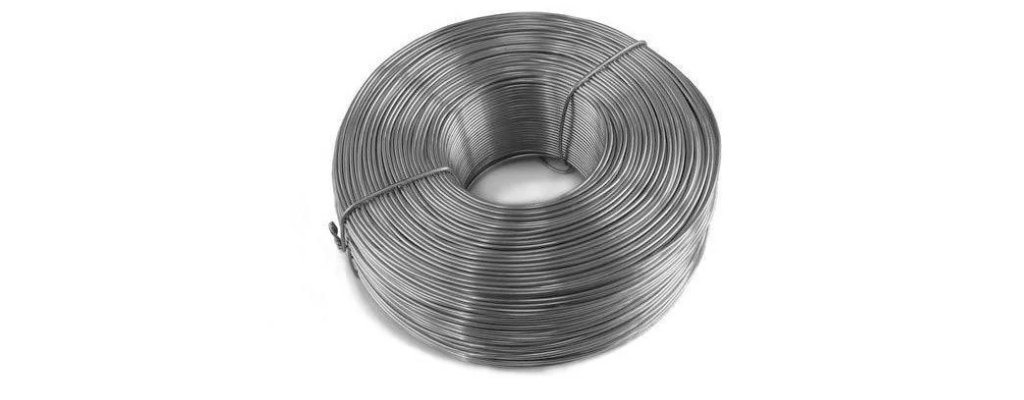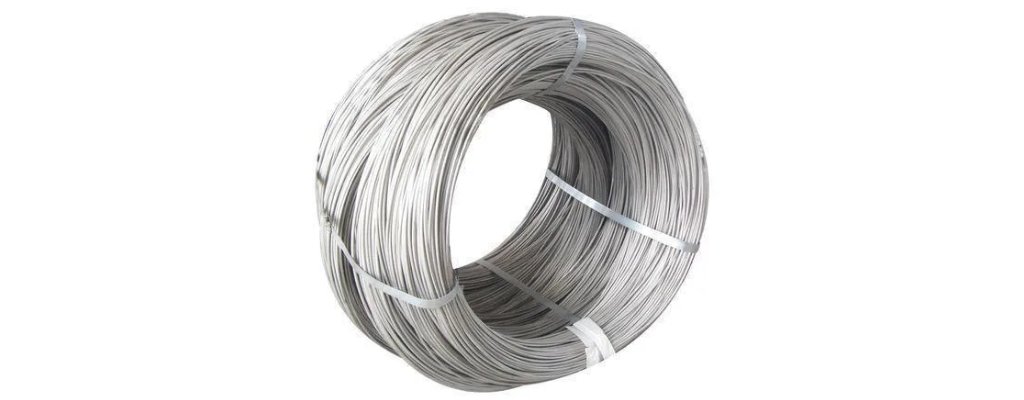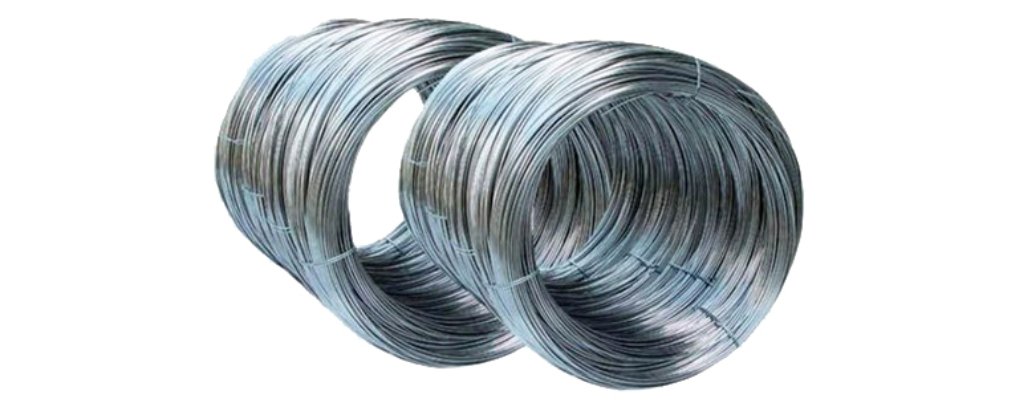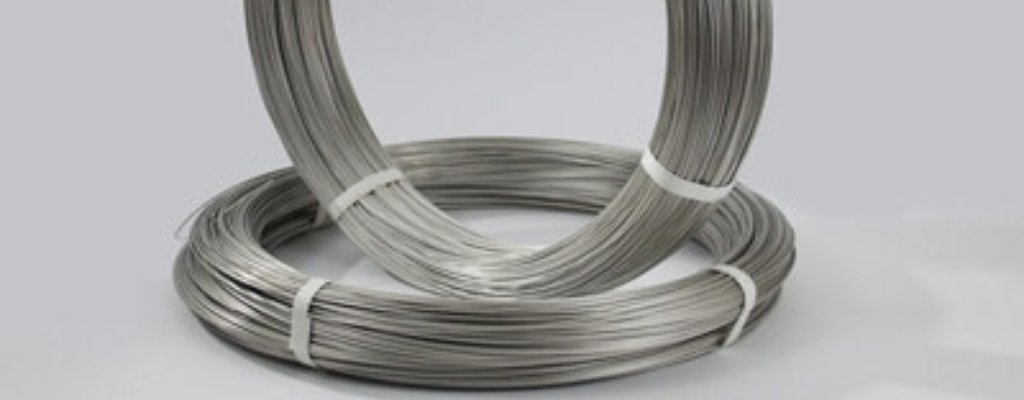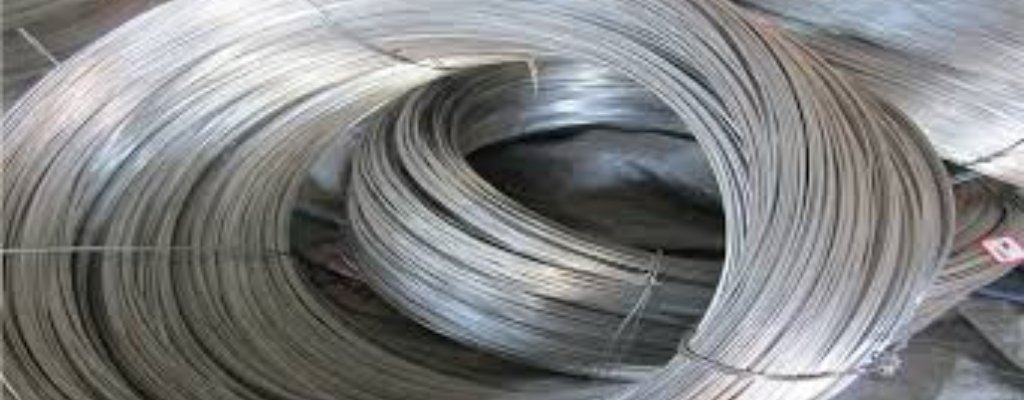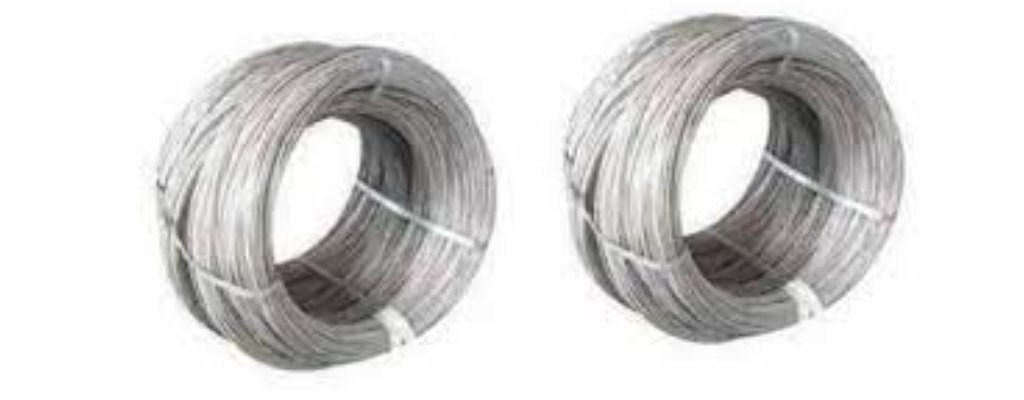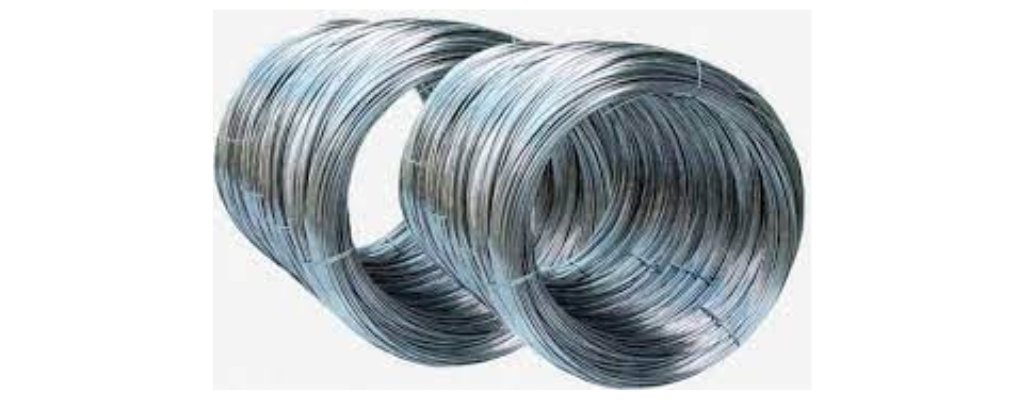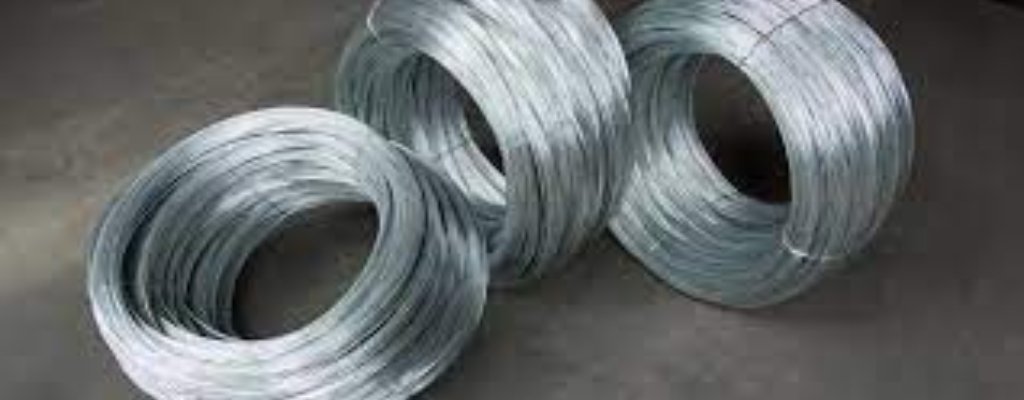- Home
- About Us
- Products
- Stainless Steel Coils, Plates, Sheets
- Stainless Steel Pipes & Tubes
- Stainless Steel Pipe Fittings
- Pipe Fittings Tools
- Stainless Steel Forged Fittings
- Stainless Steel Flanges
- Verity of Flanges
- Stainless Steel Flats Angles
- Stainless Steel Circle Rings
- Stainless Steel Bars
- Stainless Steel SOFT and HARD Wire
- Other Metals
- Contact Us

